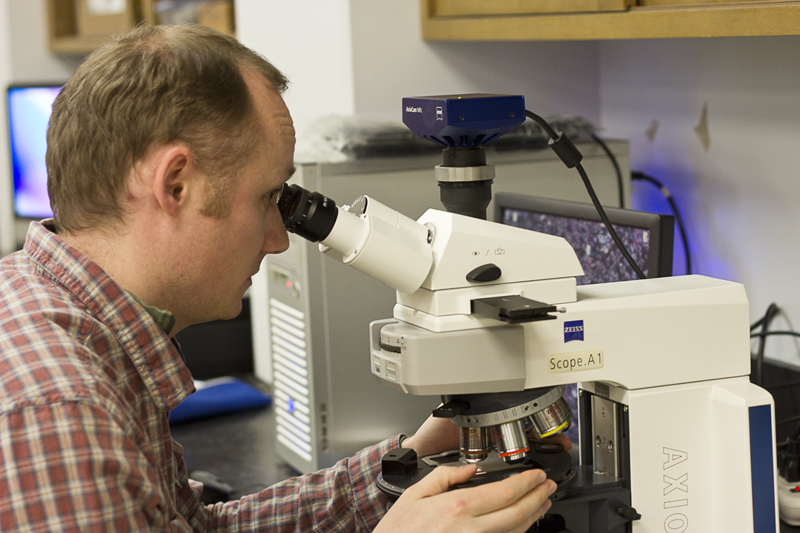
Carleton will house the first-ever Canadian made tomography lab after a recent endowment from the Canadian Foundation for Innovation (CFI) was awarded Jan. 24.
A tomography scanner is most commonly used in health care as part of CT scans, according to a press release, but has also found new use in the paleontology field, where it can create a clear image of rocks without damaging the specimen.
The scanner that will be housed at Carleton uses a much stronger X-ray energy source than the machines found in hospitals and will only serve for Earth sciences studies at Carleton.
“I’m trying to understand how rocks form,” said Fred Gaidies, an associate Earth sciences professor who received the funding. “I want to study the rock without destroying it . . . this tomography instrument allows me to look at crystal size and shape inside the rock.”
The announcement was made after the CFI sent $33 million in funding to over 130 research initiatives scattered across Canada, according to the press release.
“This round of investment illustrates the value of research and innovation in building stronger, healthier and more prosperous communities,” said Gilles G. Patry, CFI president and chief executive officer, in a press release.
The CFI gave $185,000 to Gaidies to create the project. However, this money will only cover 40 per cent of the cost to construct the lab.
Out of the remaining 60 per cent, Gaidies said he hopes to receive 40 per cent from the Ontario provincial government. He said he hopes to find the remaining 20 per cent from Skyscan, the company constructing the actual tomography scanner, as well as Carleton and other donors.
The scanner itself is being built by Skyscan, a Belgian company, while the lab is constructed at Carleton.
With all the hype surrounding the first Canadian constructed lab, Gaidies said he expects the machine to attract people from all over Canada.
“There’ll be researchers from Carleton that will use it, people from Calgary that want to use it,” he said. “It’s the first lab of its kind and there’ll be a lot of people interested.”
With funding still needed before the lab can be completed, Gaidies hopes to have the lab up and running by the end of the year.





